[Ji Shi · Interview] Liang Yong: Grand Canal Hebei Section -An important transportation channel and economic life of ancient China
Author:Hebei Radio and Television Sta Time:2022.09.01
The Chinese Grand Canal is one of the oldest canals in the world. It is an artificial canal that is earlier, the largest, the longest in the line, the longest line, the longest duration, and still in use. It is an important transportation channel and economic life pulse of ancient China. What period can the history of the canal in Hebei trace back? What are the important role and historical status of the Grand Canal Hebei section in history? Let's listen to the famous scholars, Liang Yong, a librarian of the Cultural History Research Museum of the Hebei Provincial Government.
Liang Yong, a librarian at the Hebei Provincial Government Cultural History Research Museum:
The canal in the Beijing -Tianjin -Hebei region can be traced back to the Spring and Autumn Period and the Warring States Period. When we all know that when the Ximen Leopard is governed, the waters of Kaizhang Water can be irrigated. sail. Formally opened the canal and Tongyu in the Hebei region, and there was a formal record that a Taibai canal was built during the Western Han Dynasty. The vine water is led to the southeast through the vines, along the general canal of Shijinqu, until the water. In the ten years of Yongping in the Eastern Han Dynasty, a Puwu canon was officially rejected from the Luohe River to the Dabai canal. The history books clearly recorded "Tongcao", which is the transportation. The crowd is called "漕" in the royal food, so Tongyu is the canal, so this is much earlier than Cao Cao's five canal.
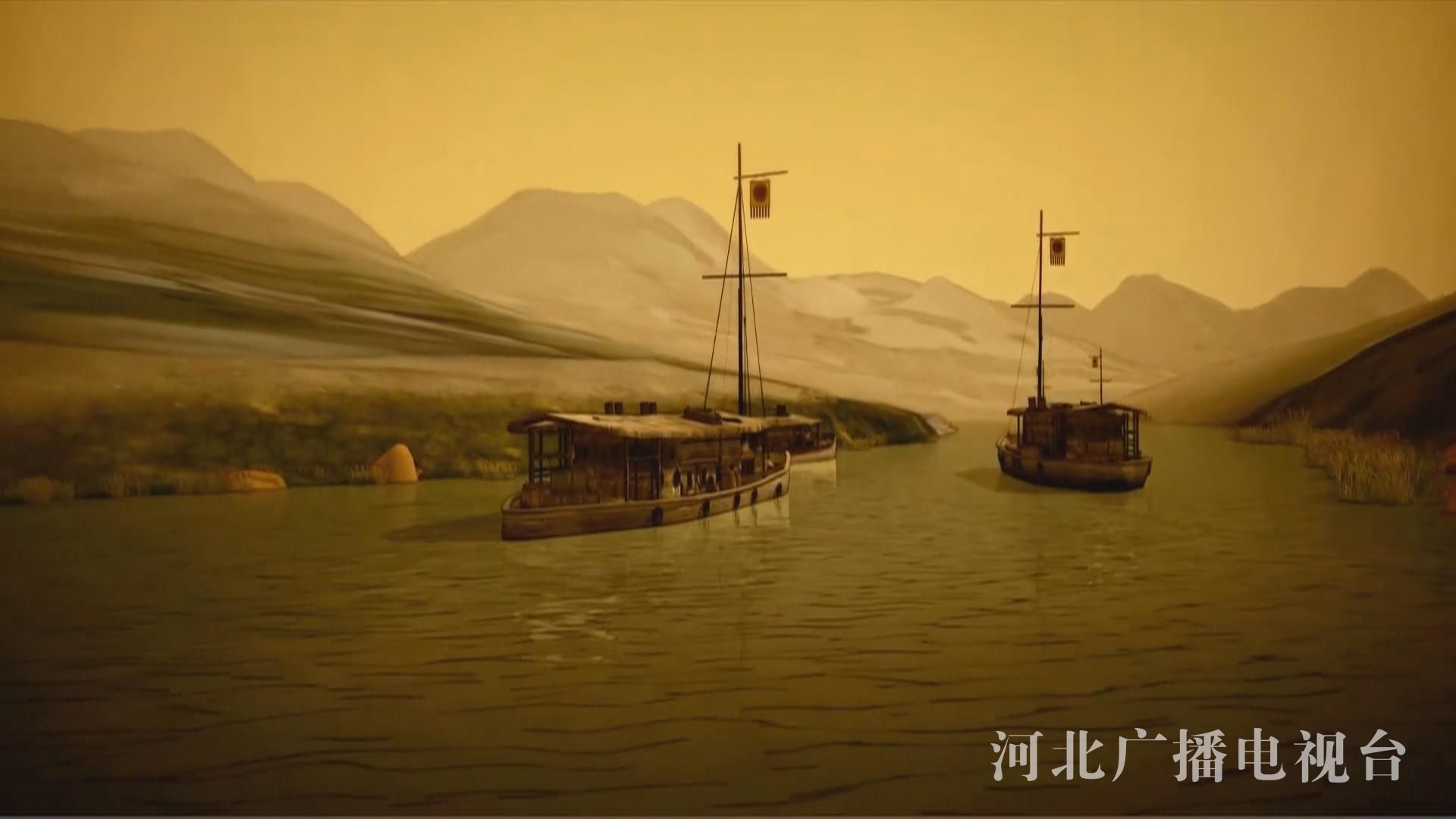

Liang Yong, a librarian at the Hebei Provincial Government Cultural History Research Museum:
By the time Cao Cao, we knew that the base where his city was as his base was the capital of Linzhang County, Hebei Province today. This place was Cao Cao's palace of Wei Wang, the political and economic center. In order to conquer Wusheng in the north, he successively built Licu, Baigou, Pingjun canal, Quanzhou canal and Xinhe, and opened five canals, connected the entire water system of the entire Hebei region, and from Lucheng The sailor army can directly enter the current Langfang and Tangshan area, achieve the victory of Wusheng in the north, and unify the north. At this time, he laid an important foundation for the canal in northern China.
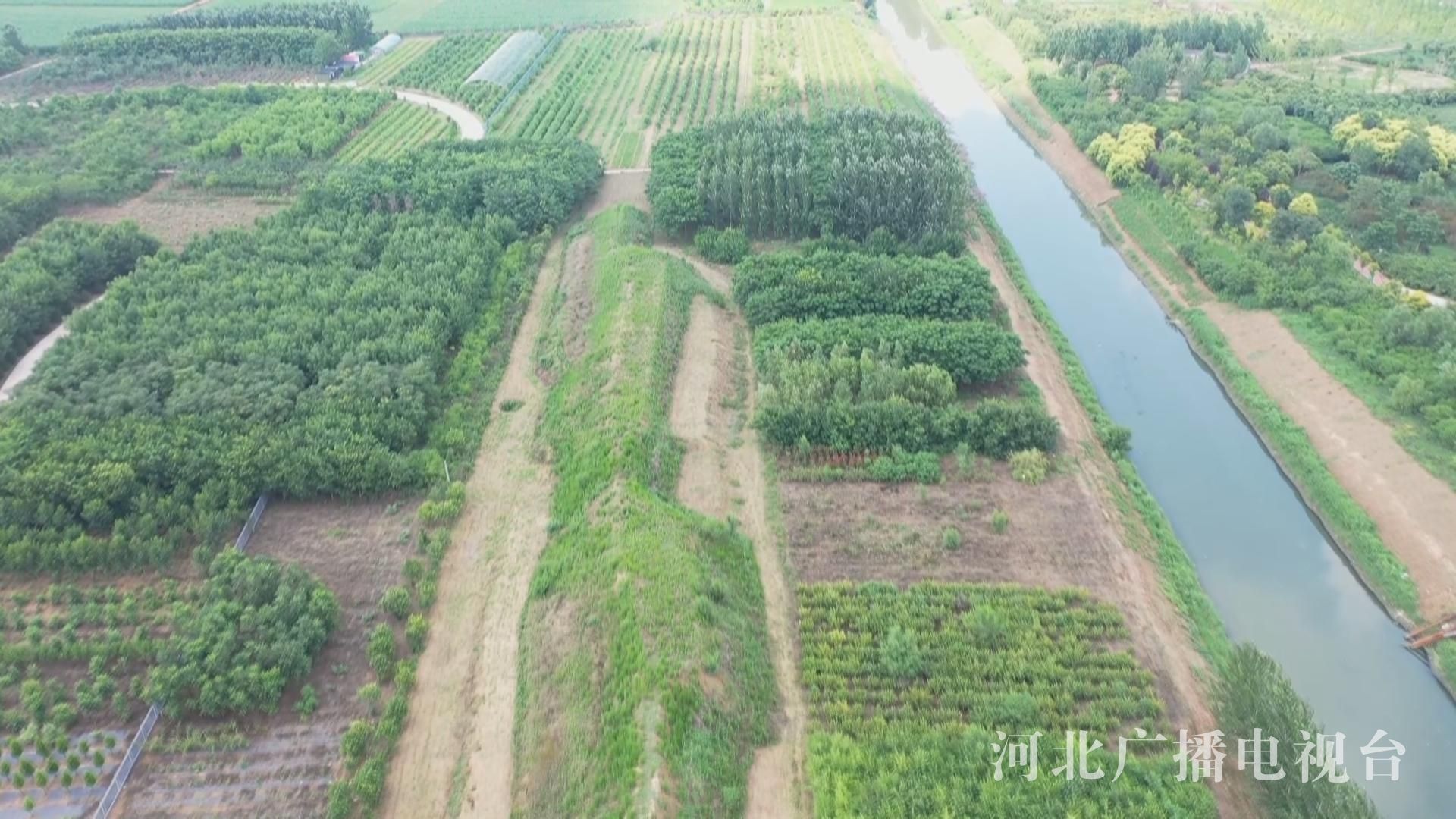
Liang Yong, a librarian at the Hebei Provincial Government Cultural History Research Museum:
We all know that in the Sui Dynasty, Emperor Sui Yang excavated the Hebei area and passed from Luoyang to Lizhou. On the basis of the five canals of Cao Caoxiu, he straightened it, and then repaired Yongji. In Hebei, we are also involved in the five cities of Handan, Xingtai, Hengshui, Cangzhou, and Langfang in Handan, Xingtai, Hengshui, Cangzhou, and Langfang. Today, the Beijing -Hangzhou Grand Canal is the old way of Yongji Kou. This is a long history of the canal excavation of the canal.
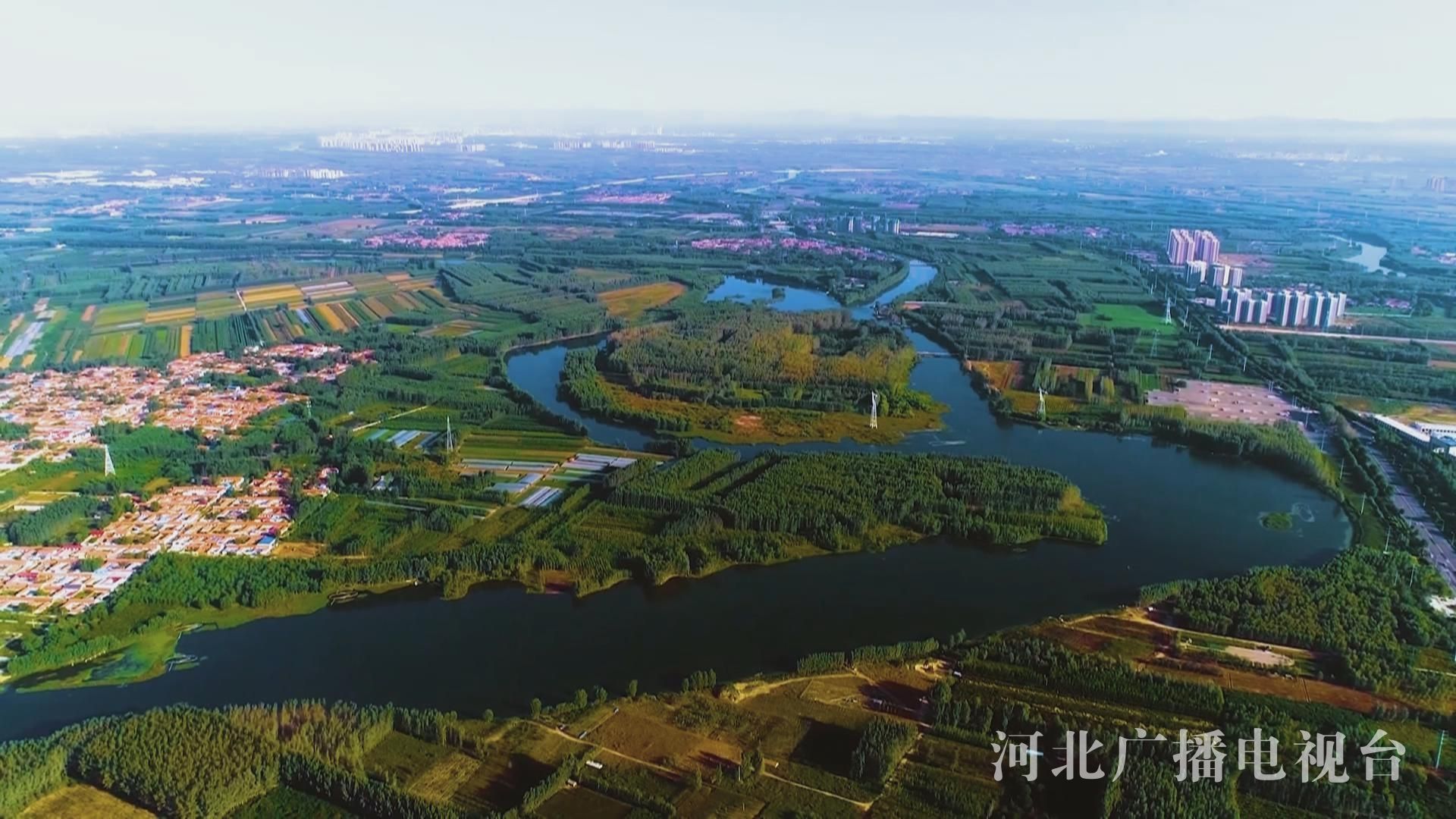
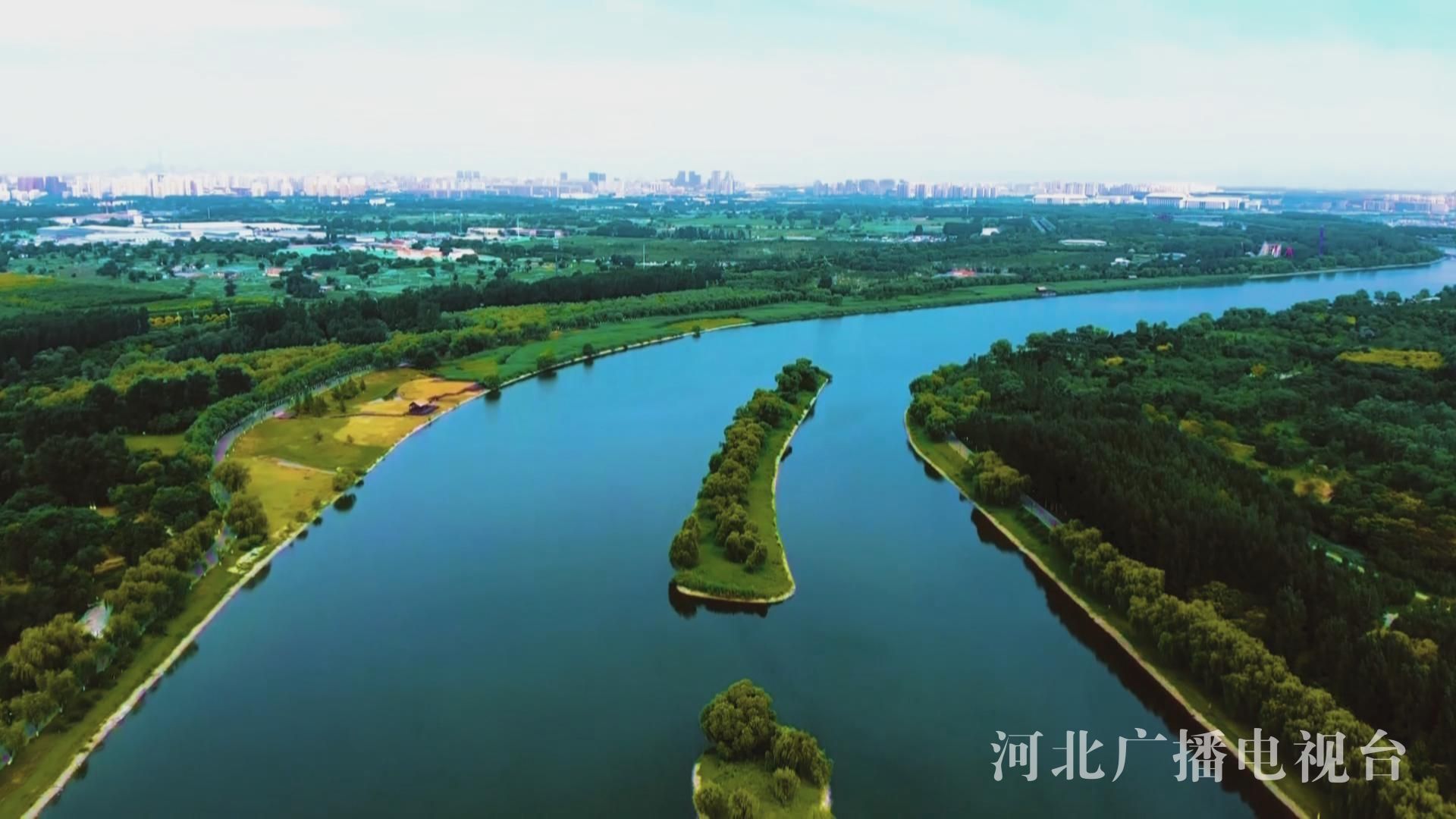
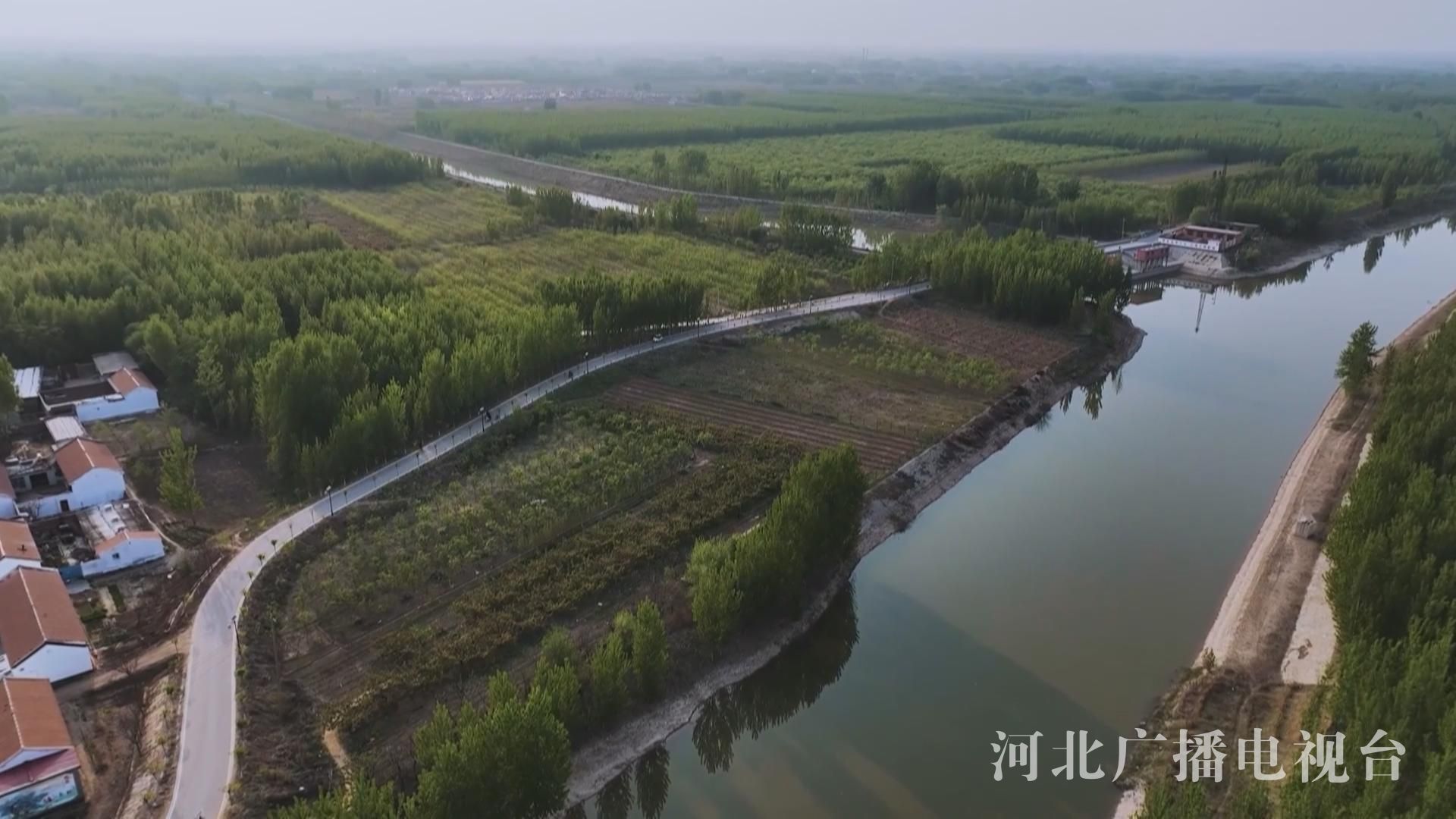
Liang Yong, a librarian at the Hebei Provincial Government Cultural History Research Museum:
This North and South Grand Canal, it is very important in Chinese history. It carries the transportation of the ancient Silk Road, the South Tea and North Transport of the Tea Road, and also undertakes the shipping of important architectural materials for the capital of Beijing. At the same time, we all know that Cangzhou and Tianjin in Hebei are the largest sea salt production base in China. Changlu salt field has a long history. China's history is an important water transportation channel for the Silk Road, Haiyan Road, Porcelain Road, Building Materials Road, and Tea Road. Especially in the Hebei region, there are many shipwrecks in the Grand Canal of Cangzhou, Hengshui, and Xingtai. These shipwrecks include porcelain, building materials, including some ruins of tea in the past, and ancient transportation. —The problem of food for eating in Beijing is called transportation, so (Grand Canal) status in Chinese history is very important.

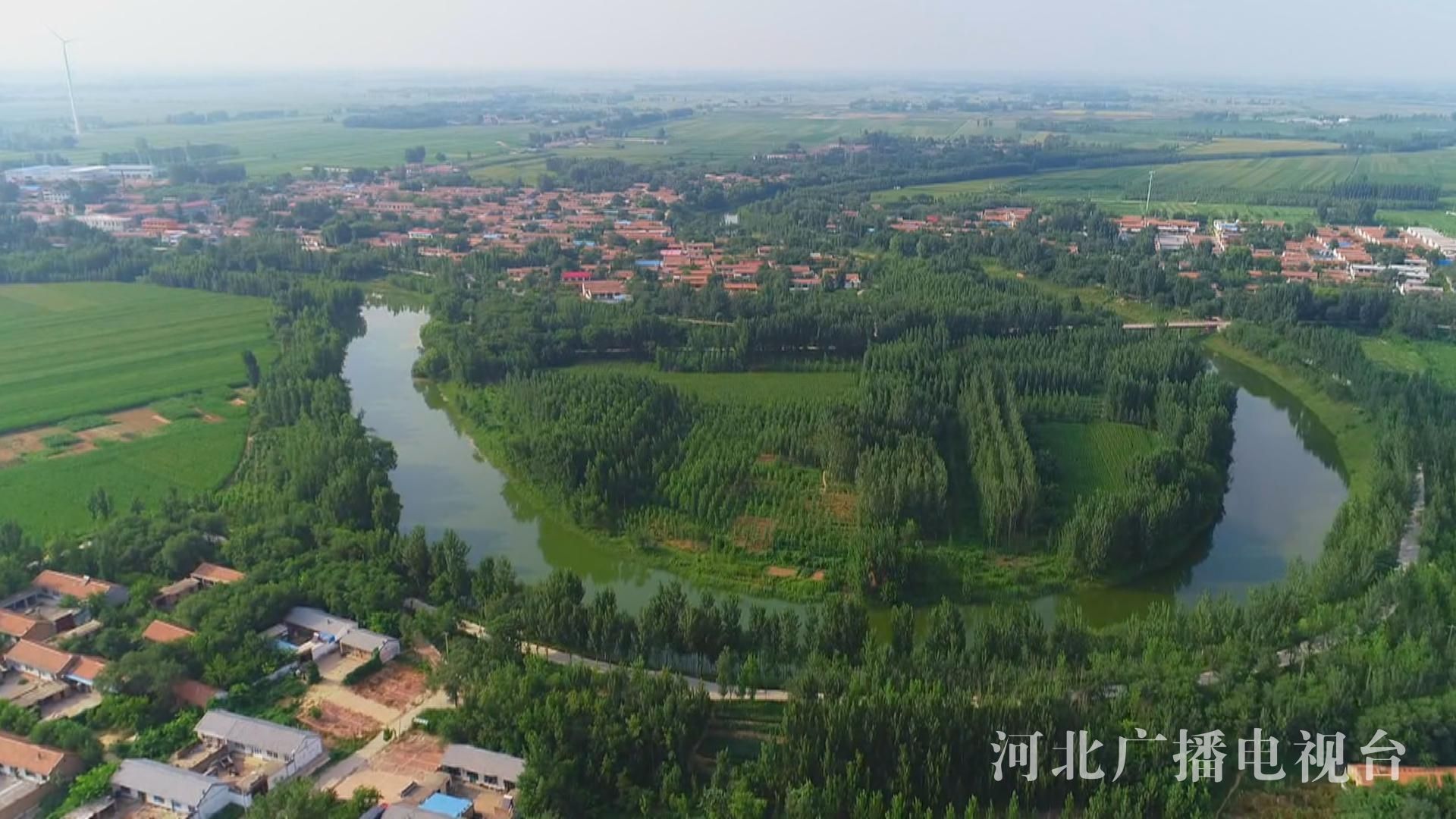
- END -
Don't read "Doucai" as "shaking"!
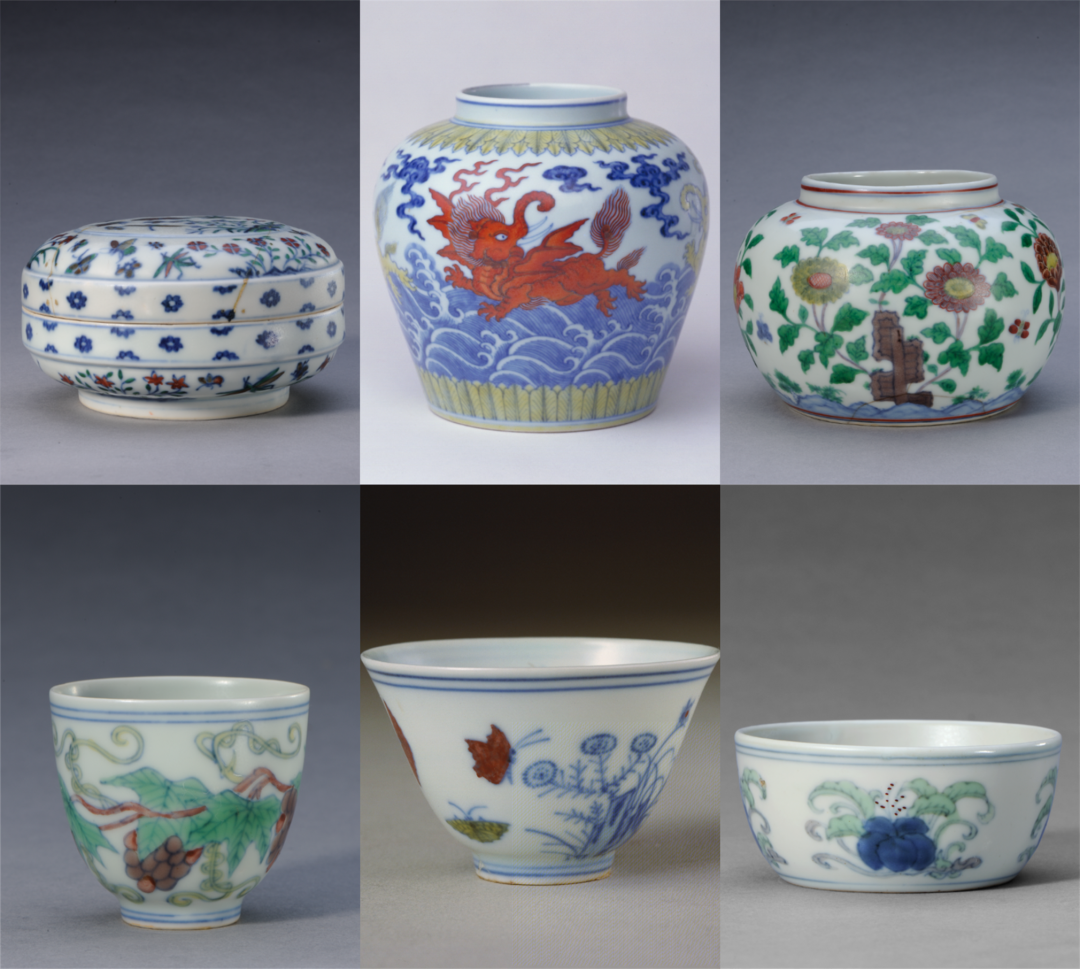
In the first issue of National Treasure 100, Mr. Ma Weidu specially emphasized the...
Tibetan artists "epidemic" (2)

The epidemic affects the hearts of the people of all ethnic groups in TibetIn orde...